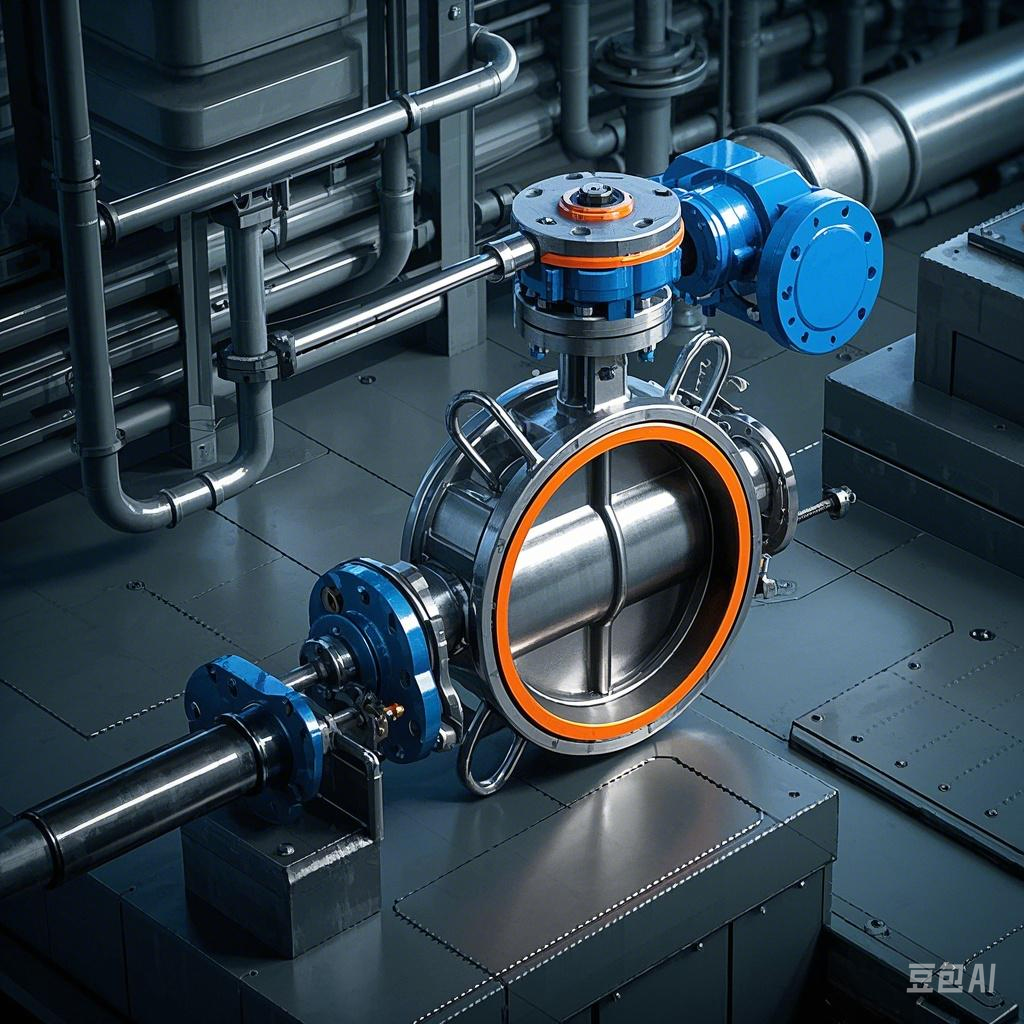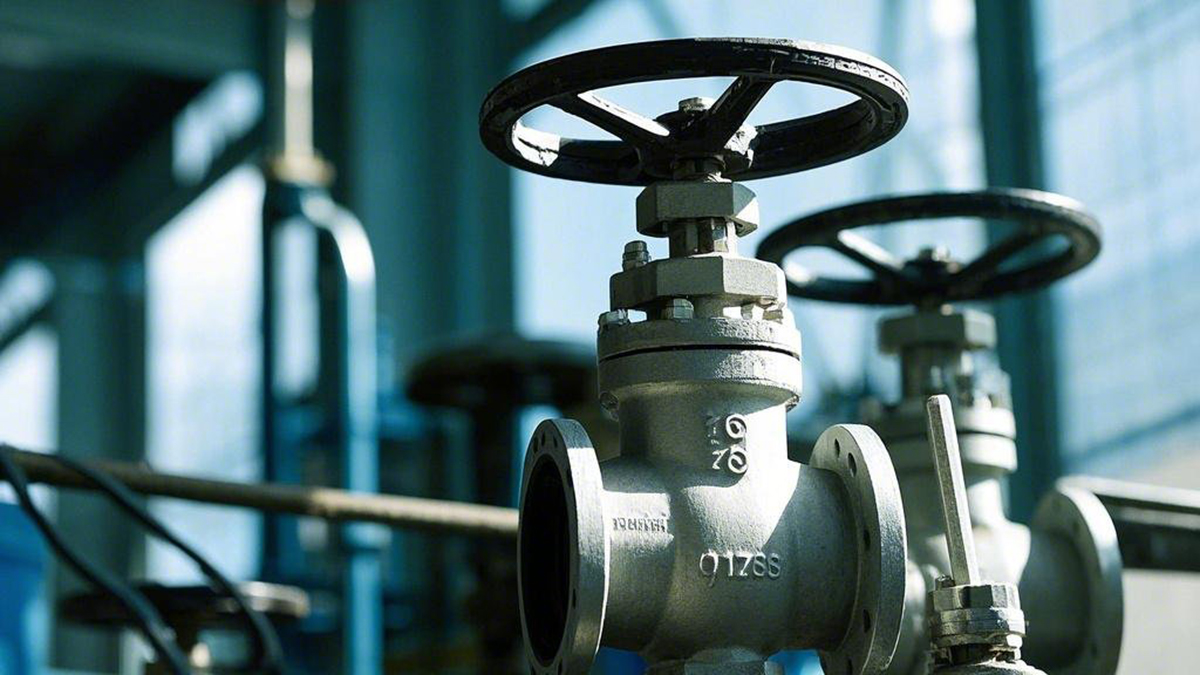Choosing the right valve is the key to ensuring the efficient operation of the water supply and drainage system. This article covers the selection criteria, installation specifications and common valve types in depth comparison, to help you make scientific decisions.
First, the core principles of valve selection
- Pipe diameter fit
DN ≤ 50mm: Priority selection of globe valves (precision control).
DN>50mm: gate valve or butterfly valve (low flow resistance). - Functional requirements
Flow regulation: control valve / stop valve.
Pump suction pipe: gate valve (minimize pressure drop). - Space limitation
Confined area: Butterfly valve / Ball valve (compact size).
II. Key Installation Locations
Municipal access point: Install a main shut-off valve (for easy system maintenance).
Branch pipe starting point: Installation of valves (to control branch flow).
Pump system: Check valve at outlet (to prevent backflow).
Water tank connection: inlet / outlet pipe with isolation valve (to protect the safety of maintenance).
Third, check valve selection guide
Low-pressure scenario: rotary check valve (economical and practical).
High-pressure system: spring-loaded check valve (more reliable sealing).
Anti-shock design: slow closing muffler check valve (reduce water hammer effect).
Fourth, the valve type performance comparison
Valve Type Core Advantages Limitations Typical Applications
Gate valve Lowest flow resistance, bi-directional flow Large size, slow opening and closing speed Main water pipe, fire hydrant
Butterfly valve Small size, fast response Temperature resistance ≤ 300 ℃, lower sealing grade HVAC systems, sewage treatment
Ball valves Zero leakage, corrosion resistance Large diameter high cost High-pressure pipelines, corrosive media
Globe valve Accurate flow control High pressure pipeline, corrosive media
Five, special function valves
Pressure relief valve: automatic discharge of overpressure (set pressure for the working pressure + 10%).
Trap: Highly efficient condensate removal (essential for boiler systems).
Pressure reducing valve: Stabilize downstream pressure (water supply for high-rise buildings).
VI. Maintenance Recommendations
Annual inspection:
Test check valve sealing.
Lubricate the gate valve screw (to prevent jamming).
Anti-corrosion measures:
Select stainless steel valves for corrosive environments.
Coat with epoxy resin (to extend service life).
Summarize
Water supply and drainage valve selection needs to be integrated pipe diameter, pressure, media characteristics and other factors. Complex systems are recommended to consult a certified engineer to ensure compliance with ASME/ISO standards. Contact us for customized solutions and catalogs to improve system reliability and energy efficiency.



